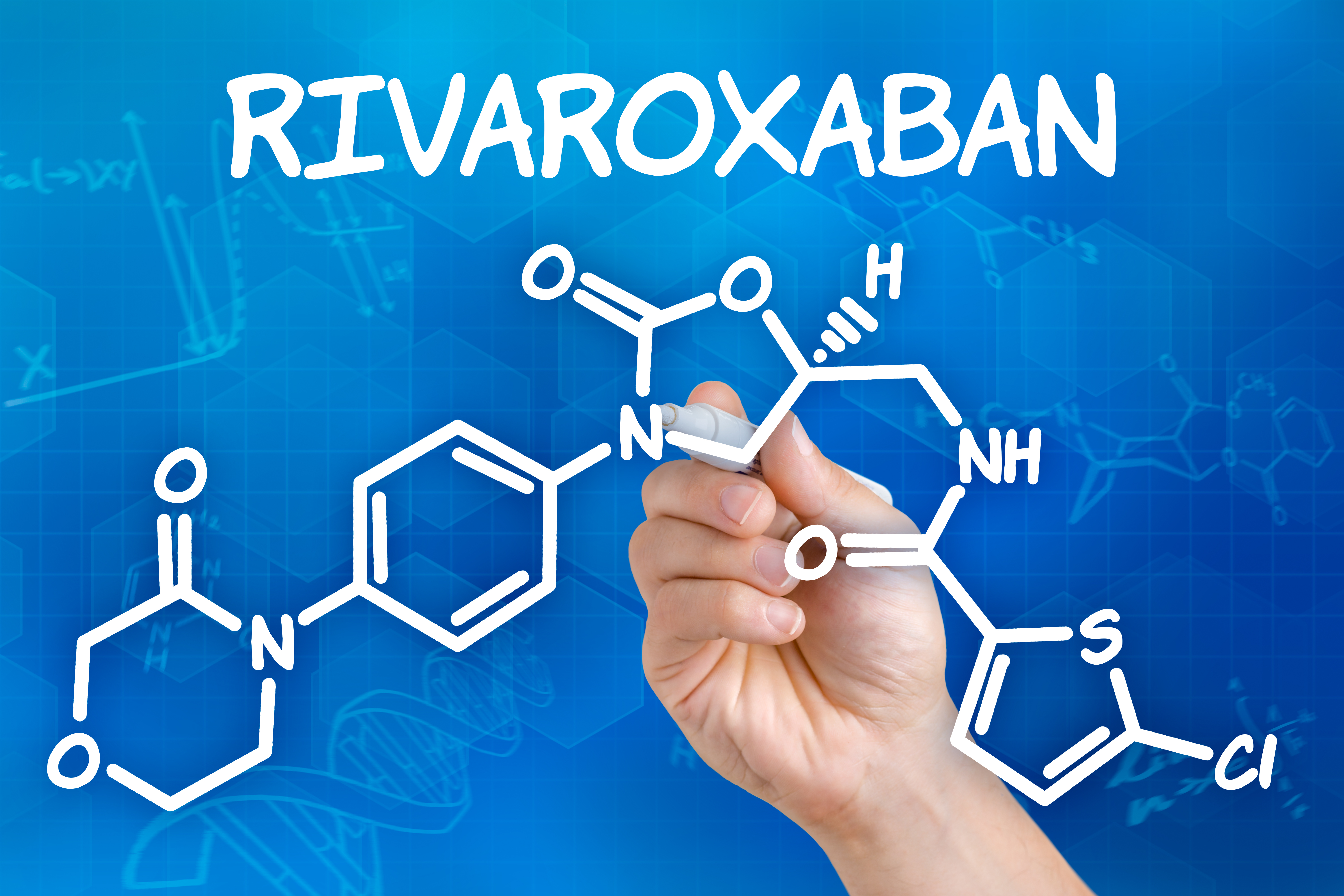
Daily supplementation with omega-3 fatty acids and/or vitamin D3 did not increase or decrease the risk of developing atrial fibrillation (AF), according to the results of VITAL-Rhythm trial presented at a late-breaking science news briefing from the American Heart Association Scientific Sessions 2020.
“AF is the most common and growing heart rhythm disturbance, estimated to affect 33 million people worldwide,” said presenter Christine Albert, MD, MPH, founding chair of the department of cardiology in the Smidt Heart Institute at Cedars-Sinai Medical Center, Los Angeles. “It results in significant symptoms, impairs quality of life, and confers risk of a multitude of morbid factors such as stroke, heart failure, and death.”
Current treatment options are employed relatively late in the disease process, after people already present with AF, and are associated with significant risks.
Despite the pressing need for primary preventive therapies in AF there have been no large scale studies testing potential strategies, according to Dr. Albert.
“The background for testing these particular agents is that participants in [other] studies that had low levels of omega-3 fatty acids and vitamin d were found to have higher incidence of AF, suggesting that supplementation might prevent AF,” Dr. Albert said. “But the data are somewhat conflicting.”
VITAL-Rhythm is a ancillary trial of the VITAL trial, which was a primary prevention trial of CVD and cancer. This was a double-blind trial that randomly assigned patients to daily 2,000 IU of vitamin D3 and/or 840 mg of omega-3 fatty acids (EPA/DHA) in a 2 x 2 factorial design. Men had to be at least 50 and women at least 55, with no history of CVD, cancer, or AF.
The 25,119 participants were asked to report new diagnoses of AF on annual follow-up questionnaires and provided permission to review Centers for Medicare & Medicaid Services claims data for AF.
Over 5.3 years of treatment, 3.6% of the patient population had a confirmed AF event. These were confirmed by ECG (72.9%) and medical record report (27.1%). Types of AF were paroxysmal (58.4%), persistent (38.4%), and unable to classify (3.1%). The majority of patients (61.9%) had symptoms at diagnosis.
In the intention-to-treat analysis looking at omega-3 fatty acids, there was no significant difference between trial arms for incident AF (HR=1.09; 95% CI, 0.96-1.24; P=.19). Similarly for vitamin D3, there was no significant difference in incident AF between the two arms (HR=1.09- 95% CI, 0.96-1.25; P=.19)
“Supplementation with omega-3 fatty acids 840 mg per day (EPA/DHA) and/or 2,000 IU per day of vitamin D3 did not reduce or increase incident AF over a median treatment duration of 5.3 years,” Dr. Albert said. “Our findings so not support the use of either EPA/DHA or vitamin D3 for primary prevention of incident AF.”
Future research testing other strategies to prevent AF is needed.







 © 2025 Mashup Media, LLC, a Formedics Property. All Rights Reserved.
© 2025 Mashup Media, LLC, a Formedics Property. All Rights Reserved.